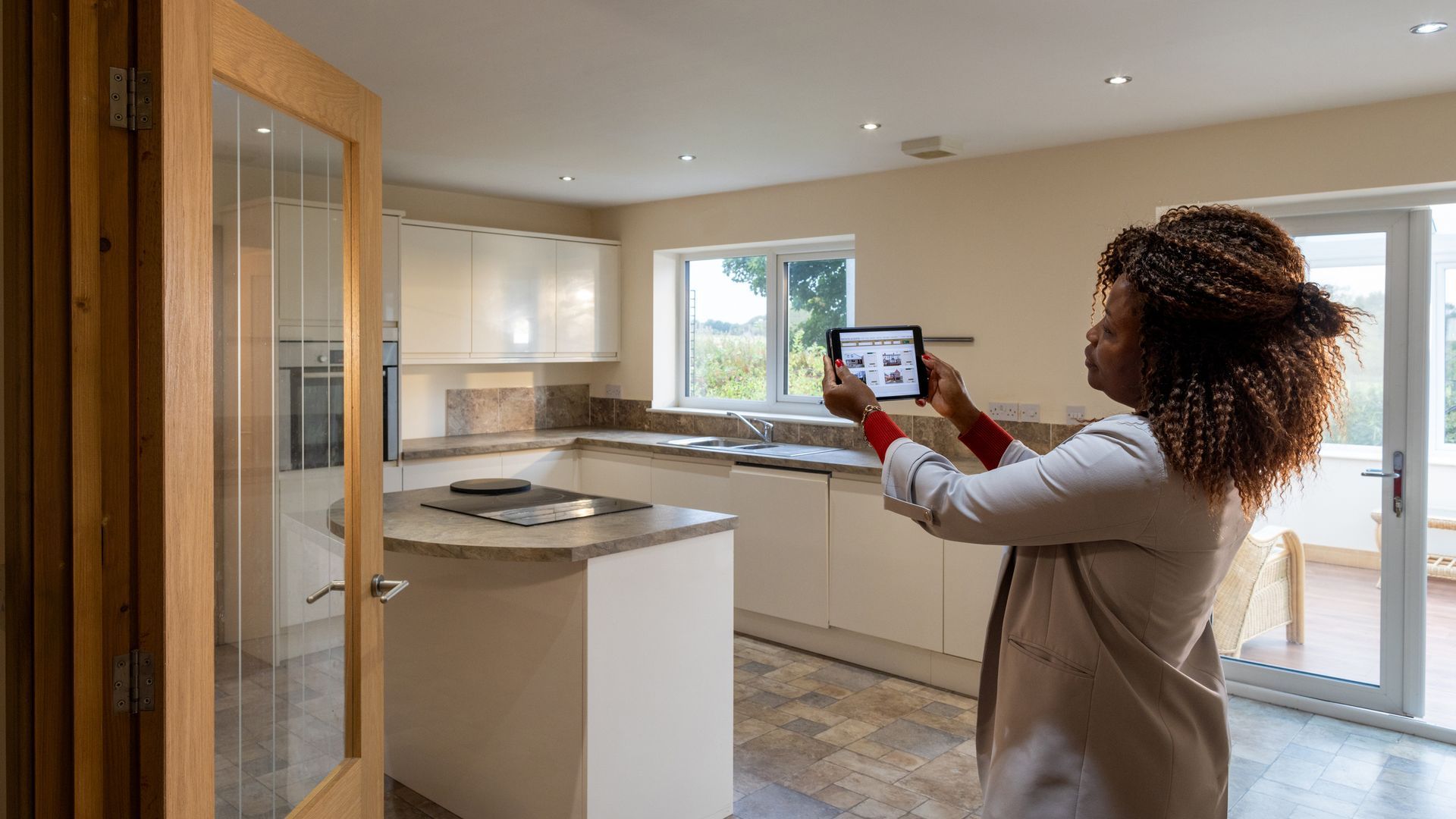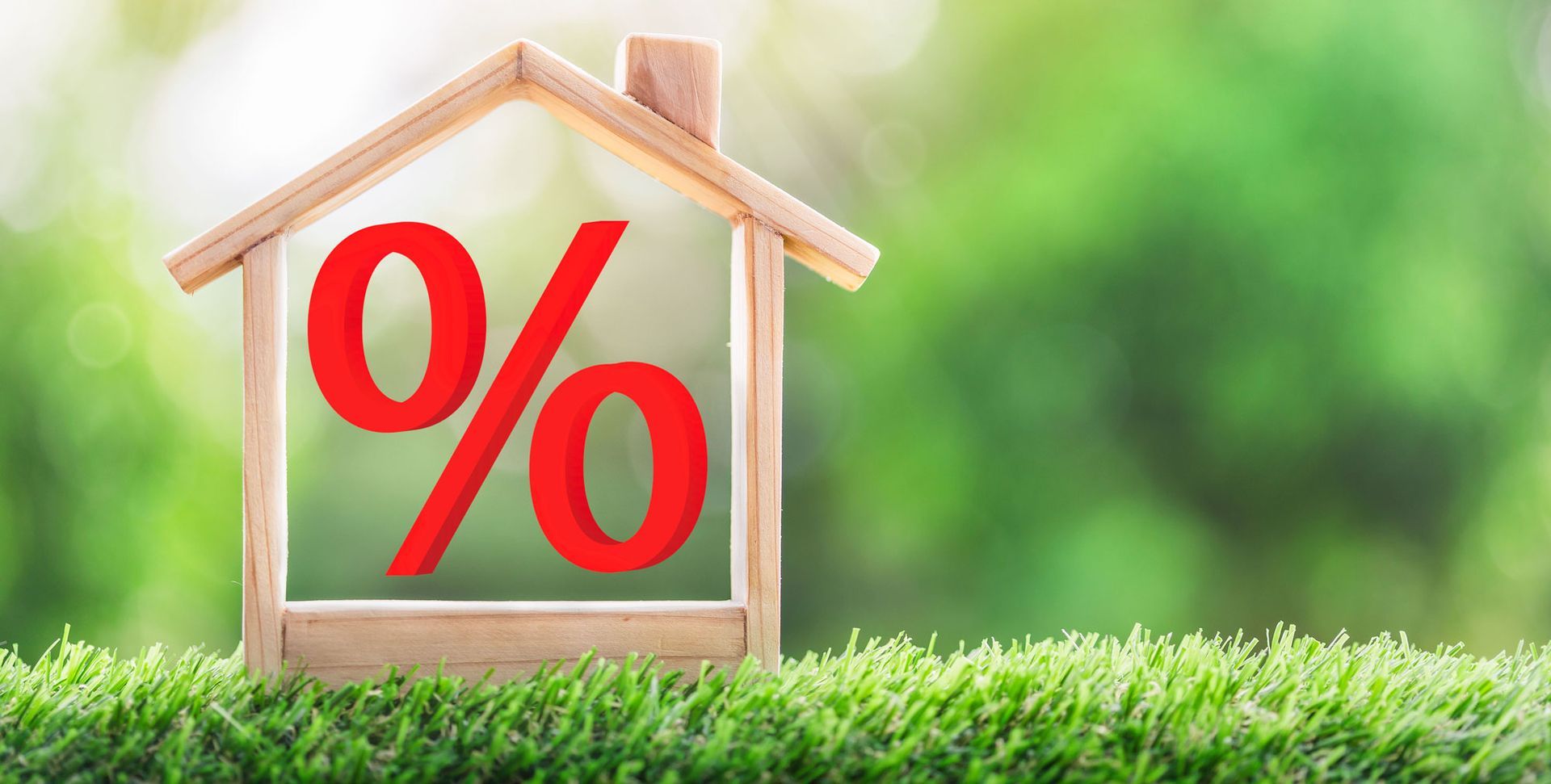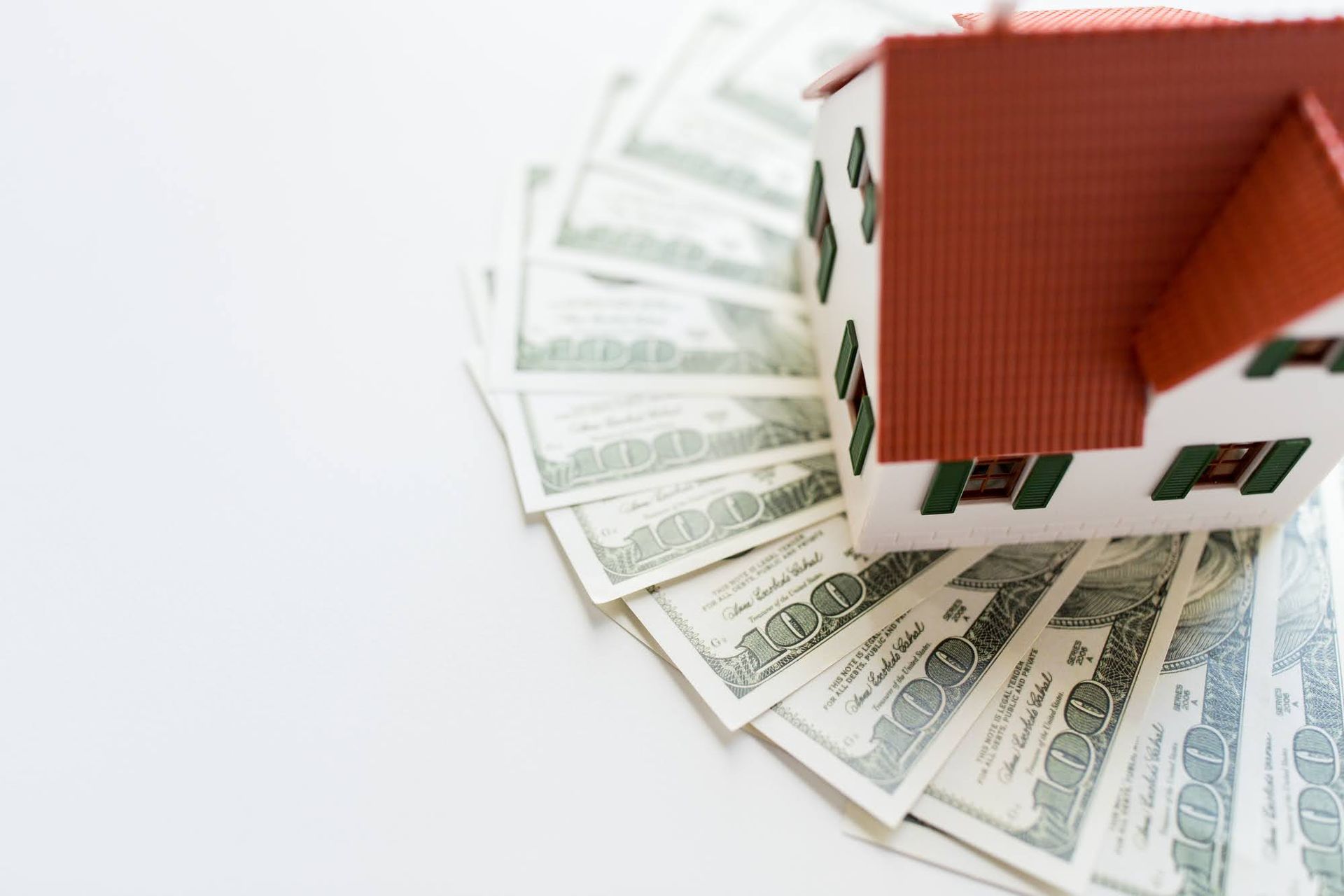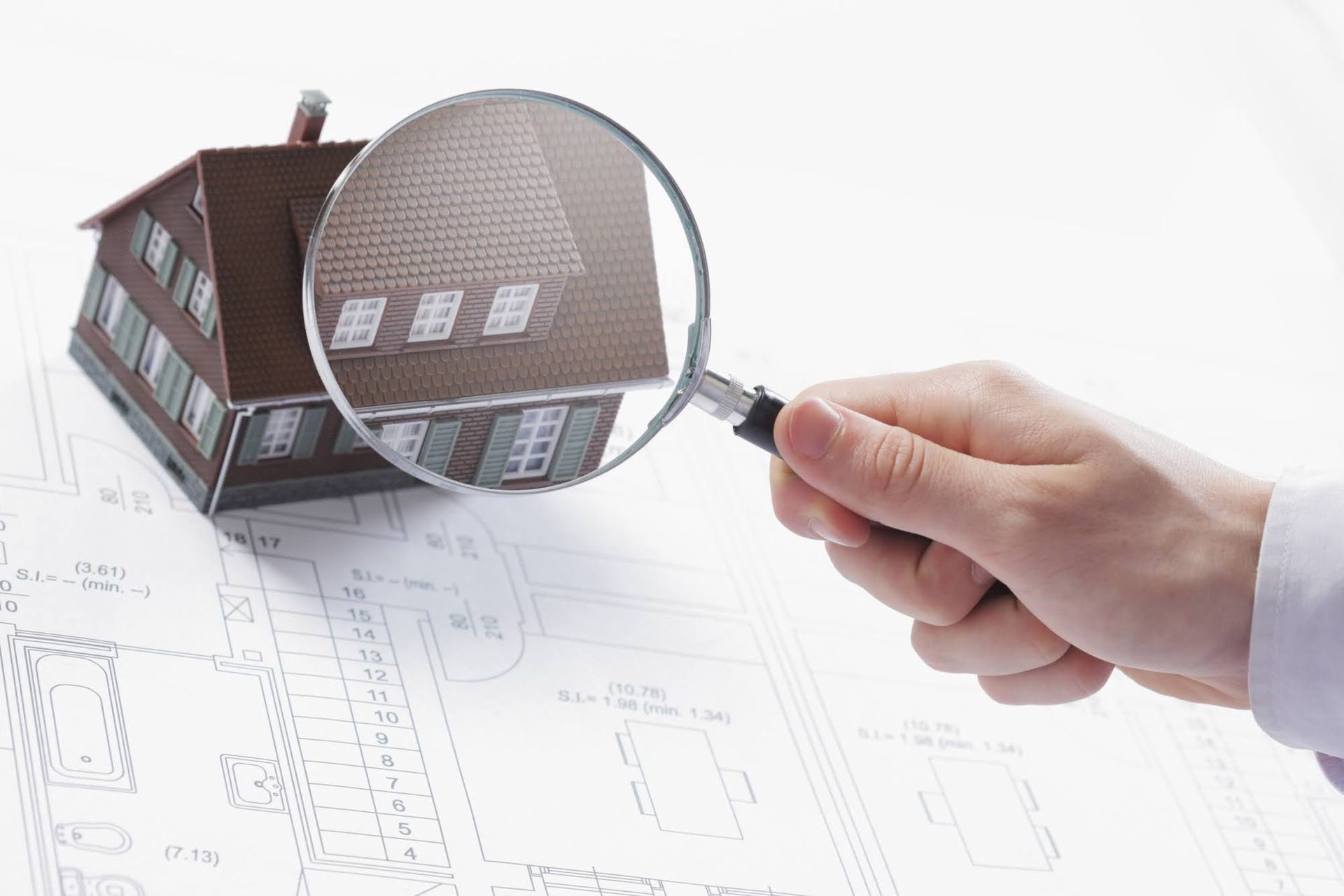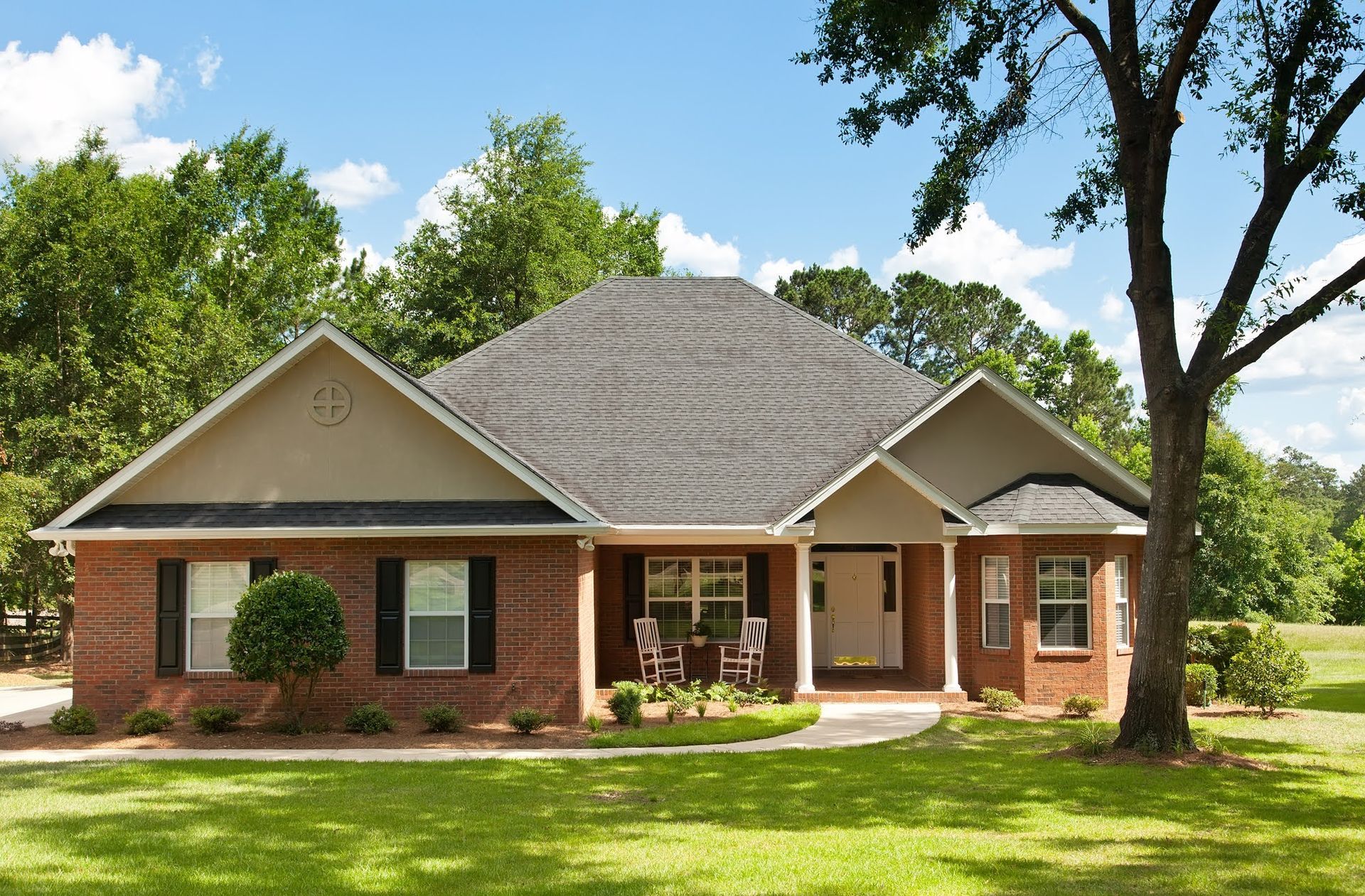An Overview of Two Common Property Appraisal Methods
Admin • October 18, 2021

Accurate home appraisals benefit both property buyers and sellers. Appraisals help buyers to get mortgage approval and avoid overpaying for their houses. On the other hand, sellers avoid underselling their homes. Below are two common approaches to property appraisals.
1. The Sales Comparison Approach
The sales comparison approach determines the house's value based on the prices of similar houses that others have recently sold in the area. The comparable properties should be as similar as possible to the one appraised. Below are some of the things that should be similar.
Physical Properties
Many buyers judge homes by their physical properties. Physical properties include things like the property's:
- Size (square feet and number of rooms)
- Unique features or amenities, such as swimming pools
- Architectural style
Neighborhood
All the compared properties should be in the same neighborhood. Location factors, such as transport networks, crime rates, and employment opportunities affect housing prices.
Age
Many properties (but not all) depreciate in price over time. Thus, the appraisal should compare a six-year-old house to properties within the same age range.
Condition
A home's condition changes with time and the changes tend to be negative. Materials degrade, and some people take better care of their homes than others. The appraiser will only pick properties in the area with the same conditions.
Terms of Sale
A property's terms of sale affect its price, so the comparison should be between properties with similar terms of sale. For example, the appraiser should only compare a property under foreclosure to properties sold under foreclosure.
2. The Cost Approach
The cost approach determines how much you would need to build a similar structure in the same neighborhood. You need land to build a house. Thus, the cost of a house depends on both the construction and land cost. Below are the salient factors or both costs.
Land Cost
The appraisal will consider the market value of the land. Land value depends on:
- The location. For example, lots in major urban centers tend to have higher values than those in rural locations.
- The topography. This determines the use of and ease of construction on the land.
- The land size. Larger lots typically cost more than smaller ones.
- Nearby amenities. For example, utilities, educational centers, and hospitals affect the land value - more amenities usually mean higher values.
These are only a few factors - many other factors, including the land use, also matter.
Construction Cost
Construction cost considers how much you would need to build the exact house. Major factors here include:
- The nature of the site - for example, the type of preparations you need before starting construction
- The local labor costs
- The type, quality, and cost of construction materials
- The architectural design of the property
- The size of the property since bigger properties cost more to construct
- The cost of improvements, such as landscaping, on the property
Depreciation
Lastly, the appraiser will also consider the negative effects that time has had on the property. The consideration is critical since properties of different ages may require different budgets to reconstruct. The major factors here include:
- Deterioration such as the wear and tear of materials
- Outdated appliances or installations
- Neighborhood changes, such as major employers that have since shut down their operations
East Coast Appraisal Service has over three decades of experience with property appraisals. We promise to keep you updated throughout the appraisal process and complete it within the shortest possible timeline. Contact us for a free quote on property appraisals.

